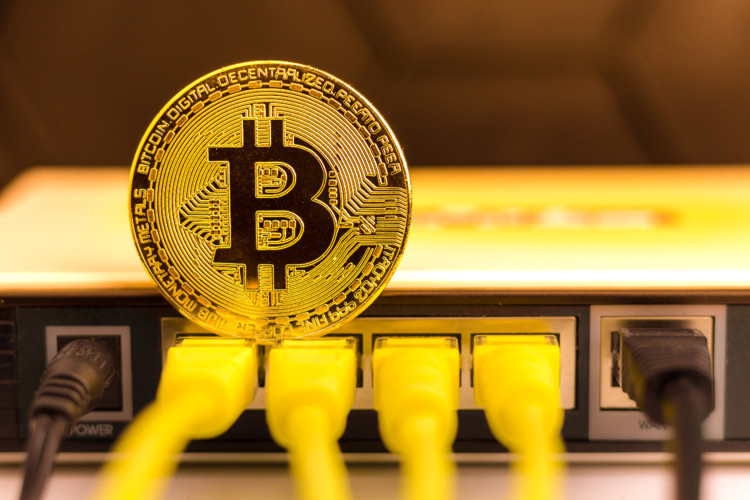On Wednesday, Google unveiled its latest lineup of Pixel 9 smartphones, introducing a foldable model with one of the largest screens available, alongside a smartwatch, earbuds, and enhancements to its Gemini generative AI tool. This strategic move precedes Apple's upcoming iPhone release, aiming to secure a competitive edge in the consumer tech market. Google's senior vice president of devices and services, Rick Osterloh, emphasized the company's commitment to practical AI applications, marking the beginning of the "Gemini era." The Pixel 9 series' main focus is on software improvements, particularly integrating AI to introduce novel features. While these advancements align with those previously announced by Apple and other manufacturers, Google's early adoption positions it as a pioneer in implementing such technologies.
In summary, Google has launched its Pixel 9 series, including a large-screen foldable phone, smart accessories, and AI enhancements, positioning itself ahead of Apple's new iPhone release, with a strong emphasis on practical AI integration and innovation in the consumer technology sector.

TMTPOST--Google on Wednesday launched its latest Pixel 9 smartphones line-up, including a new foldable phone with one of the largest screens on a foldable device, a smartwatch, earbuds and upgrades to its generative AI tool, Gemini.
Google released the new products ahead of Apple’s new iPhone launch as the company scrambles for a share of the consumer technology market.
“There have been so many promises, so many coming-soons, and not enough real-world helpfulness when it comes to AI, which is why today we’re getting real,” said Rick Osterloh, Google’s senior vice president of devices and services. “We’re fully in the Gemini era.”
The newly released Pixel 9 series primarily focuses on software upgrades, with the core enhancement being the integration of AI to create new functionalities. However, these features did not bring a surprise, as most of them are what Apple and other smartphone manufacturers have already touted—Google simply got there first.
Similarly, Huawei also plans to do the same within its native HarmonyOS system.
Huawei aims to embed the capabilities of AI large models into the HarmonyOS system to simultaneously call upon multiple app functions, enabling terminal devices to perform more complex human-machine interactions.
With Huawei's self-developed Pangu model, the voice assistant "Xiao Yi" on Huawei phones can turn into an AI agent, helping users automatically retrieve calendar information, input methods, contacts, and files, generating texts and sending SMS or emails. In third-party apps, Xiao Yi can recognize location information and images, automatically navigating or shopping—on condition that permission is granted for AI to access information on these apps.
Google's new Pixel screenshot feature is an integrated app that combines screenshot management, intelligent analysis, and natural language search. With this feature, the phone can save and organize important information from screenshots, turning it into a more searchable database. Finding past screenshot information becomes easier, and Google claims this feature is exclusive to Pixel devices.
However, this is not a Pixel innovation. As early as May this year, Microsoft announced Windows Recall feature for Windows 11, which remembers the various windows or files users have opened and allows them to quickly return to those moments when needed.
When users enable this feature, the computer takes a screenshot of the screen content every few seconds. The captured content is encrypted and stored locally, with the data then handed over to AI for local analysis. Users can browse recent activities via a timeline, such as viewed webpages, and AI performs the analysis locally, allowing users to search specific keywords to return to a moment in time.
The recall feature also allows users to open the original screenshots directly. Later on, it can open actual source documents, websites, or emails in screenshot form.
Additionally, Google is adding an AI feature called Circle. When using this feature, users can share part of the content from pictures or screens. For instance, users can circle text information in an image, hold down the share button, and send it as text.
Coincidentally, Honor, a leading Chinese consumer electronics maker, has previously rolled out a similar feature. In Honor's "Magic Link" feature, users can trigger "Magic Link" by long-pressing text, images, files, videos, or other elements on the current interface, quickly transitioning to other apps or services. Earlier, a similar interaction function also appeared in the "OneStep" feature on phones made by Smartisan, a Chinese technology company.
The smartphone makers that view the "AI Phone" as a new opportunity for the resurgence of smart devices have yet to launch a truly innovative product. At the starting line of AI Phones, the new features released by manufacturers largely follow similar technological paths and interaction logics.























